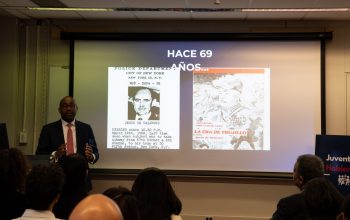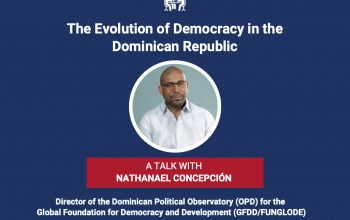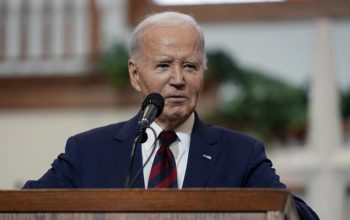news
DR-CAFTA and the Environment: Challenges and Opportunities Conference
September 27, 2006
GFDD/FUNGLODE will hold a two-day conference in Santo Domingo, Dominican Republic, on October 4th – 5th, where one of the goals of this conference is to open the discussion among stakeholders on the environmental aspects of DR-CAFTA from a domestic and international point of view.
Download the agenda click HERE
The goals of DR-CAFTA and the environment conference
1- To open the discussion among stakeholders on the environmental aspects of DR-CAFTA from a domestic and international point of view
2- To
provide a forum where private and public representatives involved in the implementation of the Agreement can present their questions and find potential answers
3- To provide a forum where stakeholders can network, exchange information, and explore eventual associations and alliances
4- To provide a resource to the private sector to better understand the demands the Agreement may impose and find eventual sources
5- To provide resources
to stakeholders that will contribute to the competitivity of the country to better interact in a globalized market
Background
The Central America-Dominican Republic-United States Free Trade Agreement, DR-CAFTA, is designed to eliminate tariffs and trade barriers and expand regional opportunities for the workers, manufacturers, consumers, farmers, ranchers and service providers of all the countries. Eighty percent of DR-CAFTA imports already enter the United
States duty free under The Central America-Dominican Republic-United States Free Trade Agreement, DR-CAFTA, is designed to eliminate tariffs and trade barriers and expand regional opportunities for the workers, manufacturers, consumers, farmers, ranchers and service providers of all the countries. Eighty percent of DR-CAFTA imports already enter the United States duty free under It is expected that DR-CAFTA will also be an economic tool capable of reducing poverty, promoting growth and
nurture the democratic progress of the past decade in Central America and the Dominican Republic while promoting free and liberalized trade throughout the world.
Justification
Central America is a region with astounding biodiversity and important world ecosystems. It also is a region suffering from severe poverty and significant environment and public health problems. One important step to improving protection of the environment in Central America is poverty
reduction through increased economic growth. Countries with higher national incomes tend to have stronger environmental protections and lower rates of pollution. Liberalized trade through DR-CAFTA is expected produce more and better paying jobs in Central America — and that prosperity will make it possible for the region to improve environmental protection.
DR-CAFTA assumes that liberalized trade can help improve environmental protection by
lowering the barriers to the sale of environmental technologies; enabling new investments in environmental infrastructure; and facilitating access to environmental scientists, engineers and technicians to the people of Central America and the Dominican Republic. It is expected that, upon implementation of DR-CAFTA, many American environmental goods will be able to enter the countries of Central America duty free. Improved provision of such goods and services is particularly important to
improve public health and environmental protection in the region.
Purpose
DR-CAFTA contains groundbreaking environmental provisions that go far beyond previous free trade agreements in empowering citizens to enforce environmental laws and in creating mechanisms to improve environmental protection.






